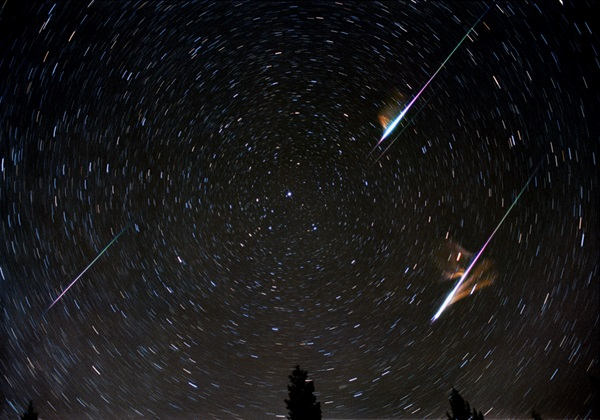An unusual fireball zooming across the Wednesday night sky in Scotland and Northern Ireland had hundreds of people guessing what it was. It was visible in the sky for 10 to 20 seconds, with experts saying it’s an unusually long period of time for a meteor.
According to new calculations by the UK Meteor Network, it travelled 300 km above Wales, the Irish Sea and Belfast before crashing into the Atlantic near Islay. Initial calculation suggested that it was a space junk that could have come from Elon Musk’s Starlink satellite programme. But the network withdrew this theory after collecting more data. The UK Meteor Network shared that there have been nearly 800 reports of the fireball that was seen over the nation.
UK Meteor Observation Network
Aine O’Brien, a doctoral student at the University of Glasgow and a member of the UK Fireball Alliance, said it was unclear whether the object was a meteor or a piece of space debris. He explained that it has properties of both. O’Brien said they have people processing the footage and working out its trajectory.
He revealed that those lucky enough to spot the fireball shared cellphone and door camera videos on social media. Richard Kacerek, founder of the UK Meteor Observation Network, said they initially assumed that it was space debris. He outlined that judging from the videos recorded by the public, it seems to be moving far slower than a meteor would.
Definitely a Meteor
John Maclean, an astronomer, said it’s definitely a meteor after analyzing it from many angles. He believes it could be a small piece of an asteroid that’s broken off an asteroid. Maclean said the meteor probably ended up between 50 and 100 km off Islay, bottom of the ocean by now.

Tony Hallas
The astronomer explained that the fireball was initially mistaken for a space junk because it was travelling more slowly than a typical meteor, and videos of the sighting suggested it broke up higher and earlier than a meteor. Maclean said the speed and the way it broke up is what threw them off. The fireball was quite slow and consistent with a space junk. Its velocity of 31,950 mph is consistent with space debris â thus the confusion.







